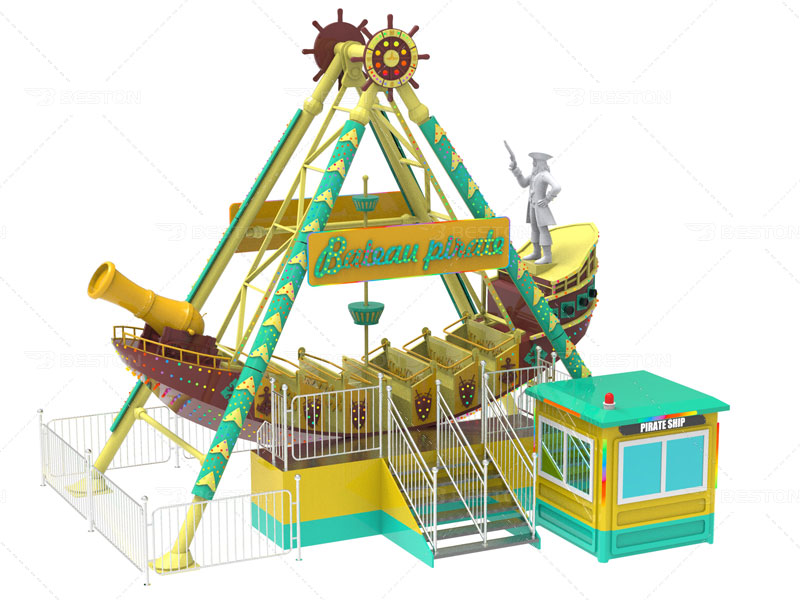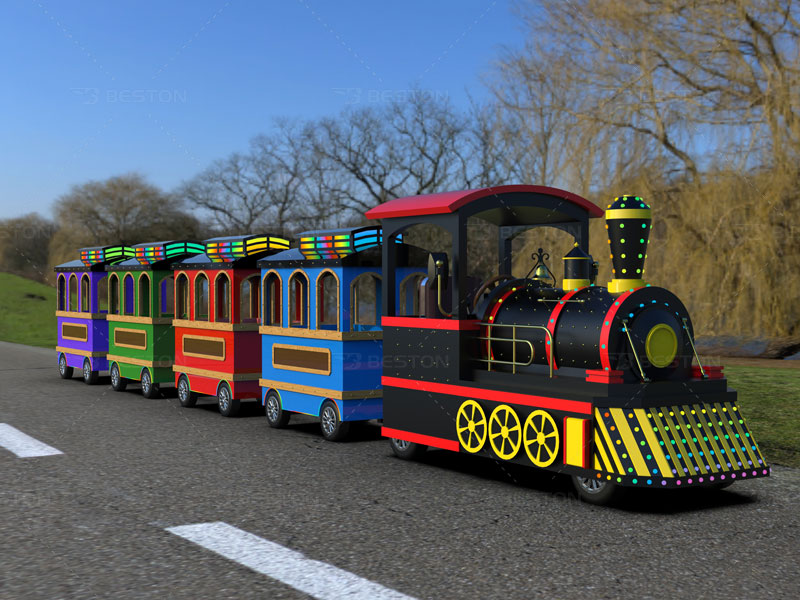Building a theme park and buying theme rides for sale involves careful planning, financial investment, and a strong understanding of the amusement industry. Here are three key parts to consider when embarking on this exciting venture:

Planning and Preparation
- Market Research and Feasibility Study:
- Begin by conducting thorough market research to assess the demand for a theme park in your chosen location.
- Identify your target audience and competitors in the region.
- Perform a feasibility study to determine if your theme park project is financially viable.
- Location Selection:
- Choose a suitable location for your theme park, considering factors like accessibility, population density, and tourist attractions nearby.
- Ensure that the chosen site complies with zoning regulations and has the necessary infrastructure.
- Concept and Theme Development:
- Develop a unique theme or concept for your park that will set it apart from competitors.
- Create a detailed business plan outlining your park’s attractions, target audience, pricing strategy, and revenue projections.
- Legal and Regulatory Compliance:
- Consult with local authorities to obtain the necessary permits and licenses for buying theme amusement rides for sale.
- Comply with safety and environmental regulations to ensure the park’s operations are legal and safe.

Popular Train Rides For Sale in Theme Parks
Financing and Budgeting
- Financial Planning:
- Determine the total budget required for your theme park project, including land acquisition, construction, rides, infrastructure, and operating costs.
- Explore various financing options, including personal savings, bank loans, investors, and grants.
- Ride Procurement and Budgeting:
- Allocate a portion of your budget for the purchase of theme rides. Research reputable ride manufacturers and suppliers.
- Request quotes, compare pricing, and negotiate favorable terms for ride acquisitions.
Construction and Operation
- Infrastructure and Facilities:
- Build the necessary infrastructure, including entrance gates, ticketing booths, restrooms, food courts, and parking areas.
- Ensure the park has proper utilities, such as water, electricity, and sewage systems.
- Ride Installation and Safety:
- Hire experienced contractors to install and set up the theme rides according to safety standards.
- Conduct thorough safety inspections and tests before allowing public access to rides.
- Staffing and Training:
- Recruit and train staff for various park operations, including ride attendants, maintenance crews, and customer service personnel.
- Implement safety protocols and emergency response plans.
- Marketing and Promotion:
- Develop a marketing strategy to create awareness of your theme park.
- Utilize digital marketing, social media, and traditional advertising to attract visitors.
- Consider offering promotions, discounts, and special events to drive attendance.
- Grand Opening:
- Plan a grand opening event to generate buzz and attract media coverage.
- Offer special incentives for early visitors to encourage attendance during the launch.
- Continuous Improvement:
- Gather feedback from visitors and make necessary improvements to enhance the park’s overall experience.
- Monitor financial performance and adjust pricing and marketing strategies as needed.
Remember that building and operating a theme park is a long-term commitment that requires ongoing maintenance, marketing, and adaptability to changing market conditions. Seek expert advice when needed, and prioritize safety and customer satisfaction to ensure the success of your theme park venture. Click here:https://bestonamusementequipment.com/theme-park-rides-for-sale/
